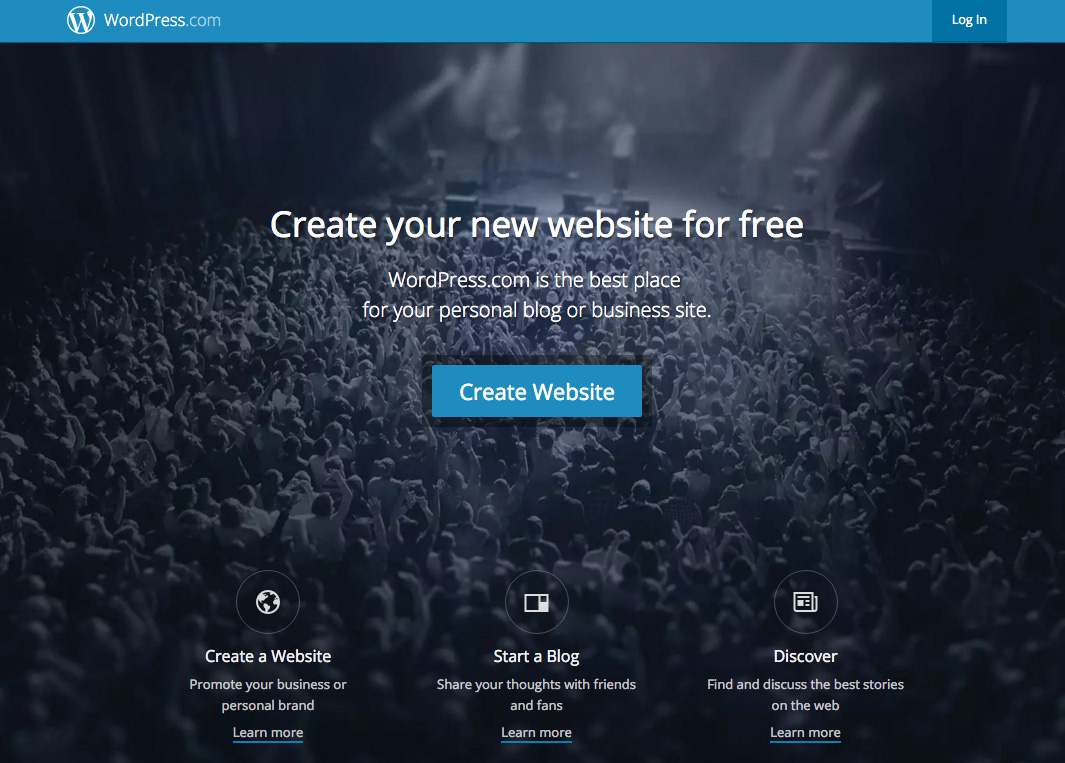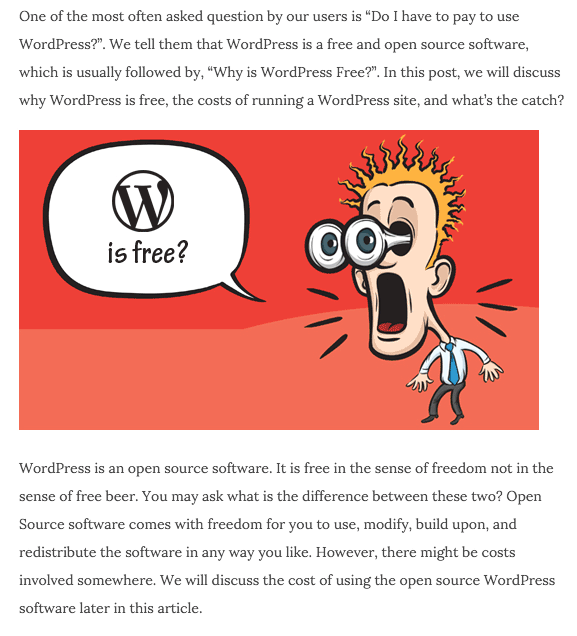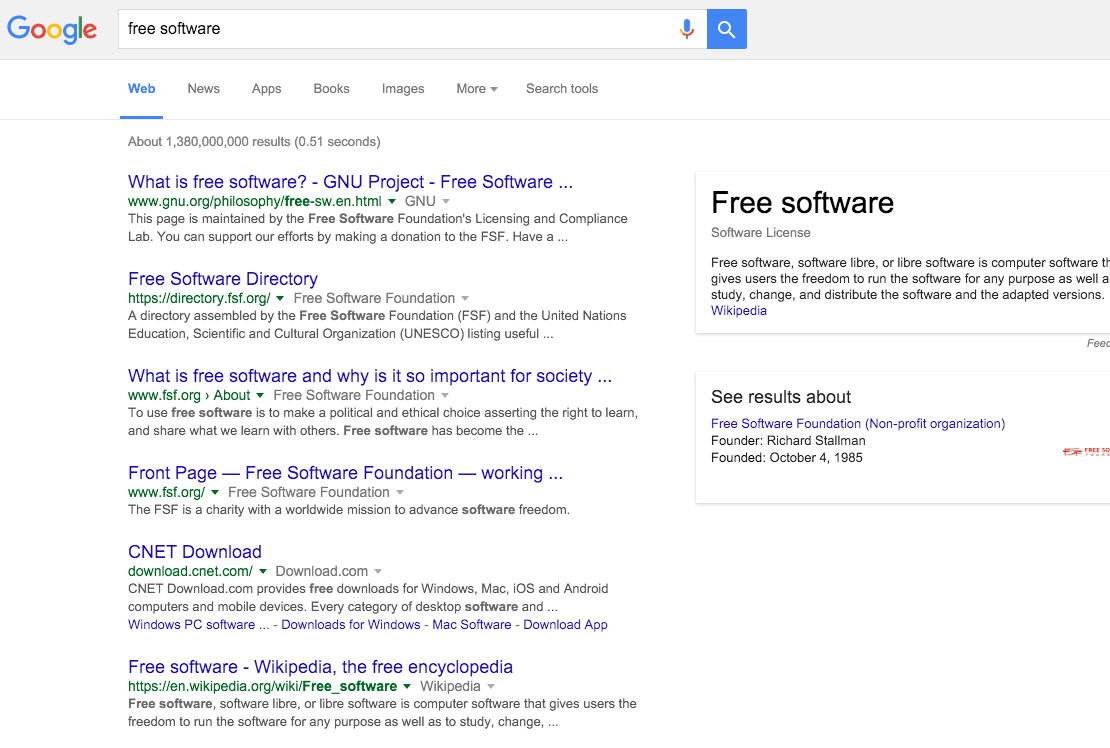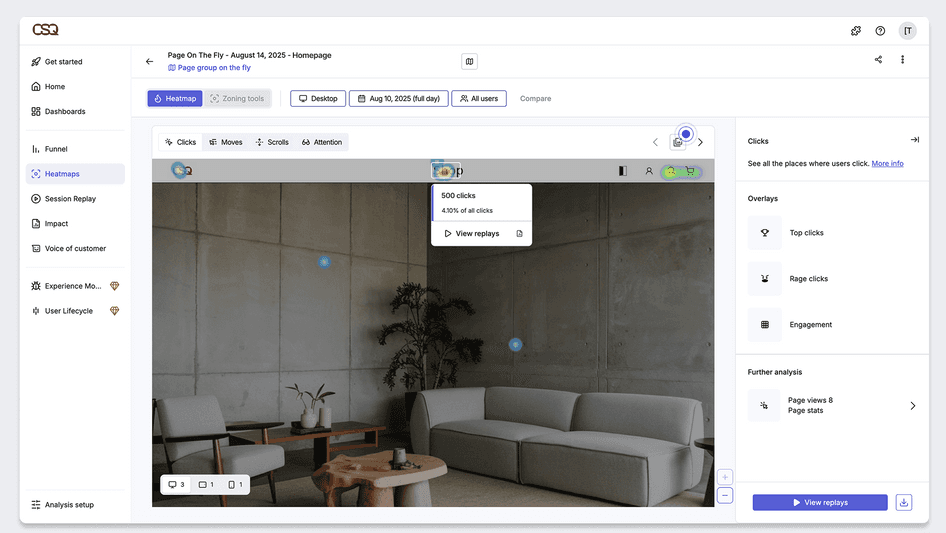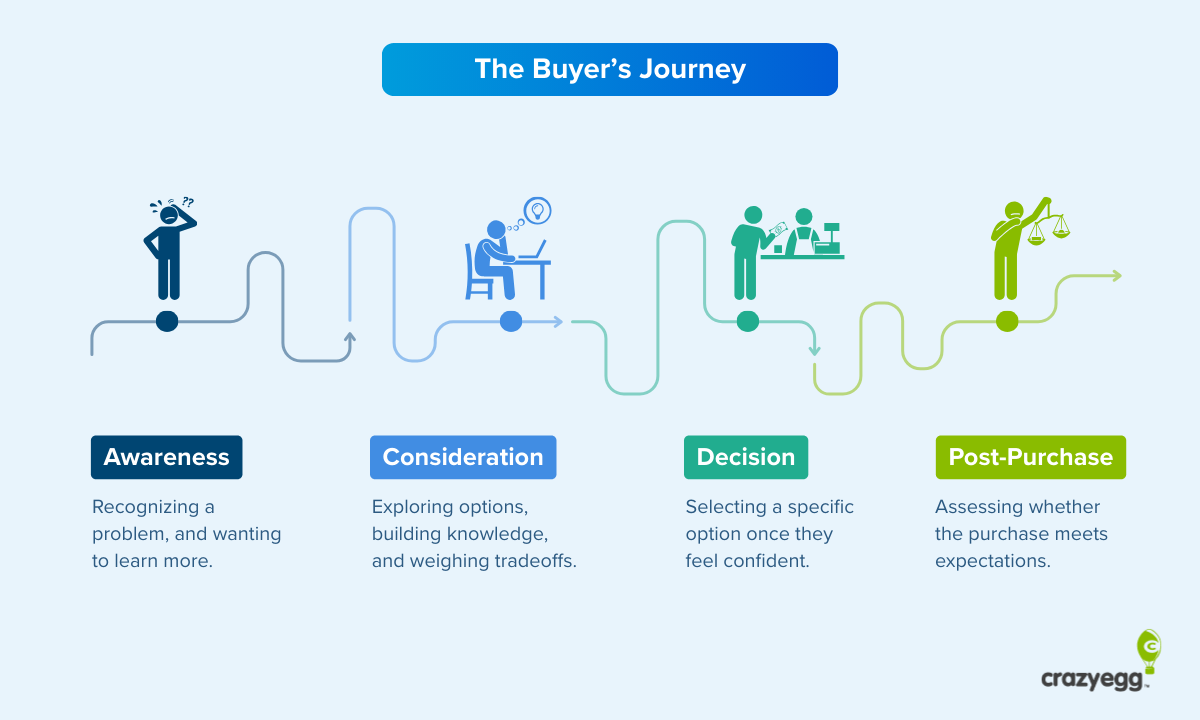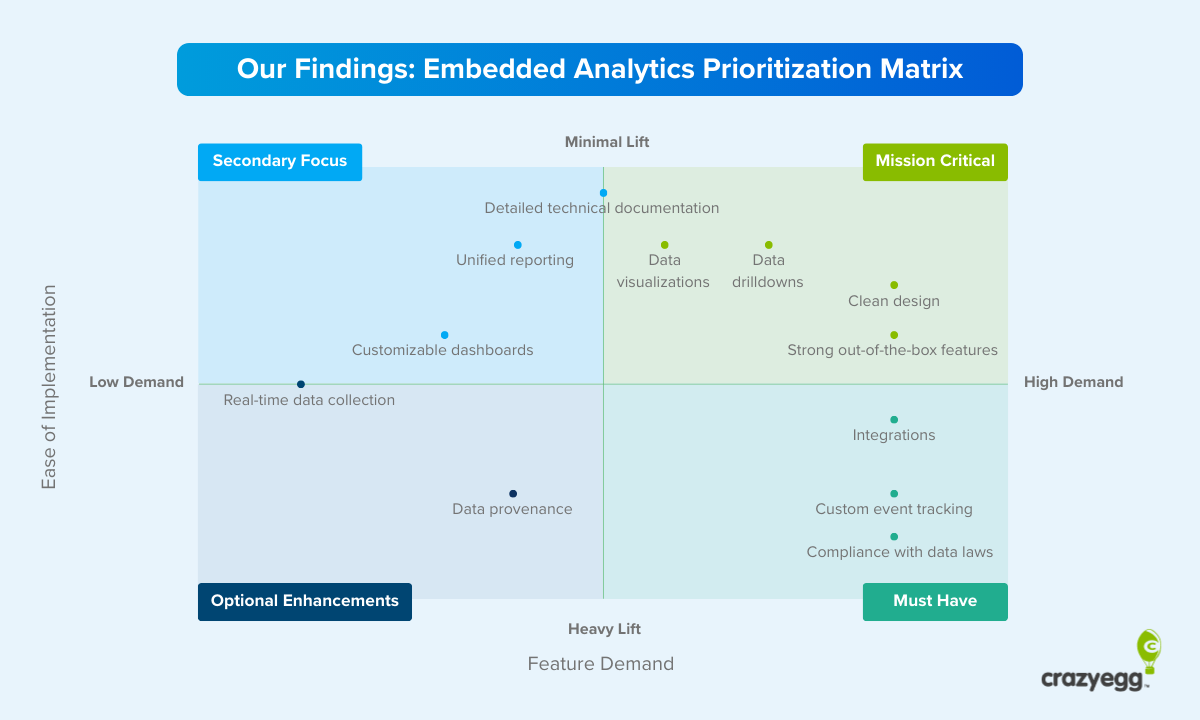Marketers use the word “free” so often that it has nearly lost its power.
Free is a word that has enormous psychological appeal. But when it’s overused or used incorrectly, it can ruin your marketing efforts.
Here’s how to use the word free for conversion power, marketing advantage, and increased revenue.
And not look like an idiot doing it.
When “Free” Is Dangerous.
Many of us grew up hearing the message, “There’s no such thing as a free lunch.”
On the one hand, free is a word with enormous psychological potency.
Gregory Ciotti listed free as one of his “5 Most Persuasive Words in the English Language.”
As I’ll explain below, you may attract people simply based on free, but those people might not have value as customers.
The marketing success of free products is built on the psychological instinct of reciprocity.
Dan Ariely, author of Predictably Irrational, explains reciprocity:
Reciprocity is a very, very strong instinct. If somebody does something for you, you really feel a rather surprisingly strong obligation to do something back for them.
How strong is this reciprocity? Just ask Costco. They hand out free samples to thousands of customers and see their sales skyrocket. While there may be some causation/correlation questions here, many observers view Costco’s marketing success as reciprocity in action.
Research suggests that there is a subconscious norm at play here that urges samplers to purchase, a kind of social pressure.
Average Percentage Increase in Sales After Product Samples in the Past Year, by Product Type (Source)
The relationship between Costco and its customers is so compelling that people actually go to Costco to eat lunch for free.
This reciprocity can easily backfire, however. As Ariely points out, the reciprocity instinct is so strong that it sometimes crosses the line into sensations of guilt.
Guilt is a negative emotion, and people strongly attempt to avoid guilt. They do so by rejecting anything that may subject them to this feeling.
You have no way of knowing if an individual is going to respond this way, but it is important to realize how powerful free is, and how it can hinder your marketing rather than advance it.
So, let’s talk about how to use free in the right way.
Explain Why It’s Free.
If something is free, it must be free for a good reason.
People aren’t stupid.
Researchers estimate that we communicate around 5,000 marketing messages per day. People have pretty good BS meters, and they can sniff out the artificiality in most marketing messages.
Free is one of the words that sounds the internal ad radar alert. People ask, Why? What’s the catch? What are you trying to sell me? There’s no such thing as a free lunch. You can’t get something for nothing!
It’s a natural human reaction.
Thus, if you are offering something for free, explain why it’s free.
It can’t hurt to explain.
- You will lose nothing if a customer isn’t ready to convert on your free offer anyway. The explanation won’t help them either way.
- You will gain the customer if he or she is skeptical, reads your explanation, and then decides to convert.
- The explanation is a strong persuasive technique that amplifies the word free.
- Your explanation of free adds value.
- Your explanation of free lends credibility to your brand.
- Your explanation of free can help relieve the customer’s concern.
- Your explanation of free can disarm the user’s skepticism.
- Your explanation of free can show the customer that you care.
- Your explanation of free demonstrates your transparency as a business/brand.
Sometimes, the reason you’re offering something for free is so obvious that you don’t even need to mention it.
Example? Subscriptions to newsletters. Most people realize why your newsletter or ebook is free. It’s because they are opening themselves up to your marketing messages. That’s the quid pro quo.
Other times, you may need to explain yourself.
Here are some examples of businesses that offer free services while also providing a helpful explanation.
StatCounter uses a whole page and 590 words to explain why the service is free.
Notice that their explanation is clear and persuasive.
We offer a truly exceptional free service, because we want to help you grow. And as you grow, and as your needs grow, we hope you’ll upgrade. We don’t impose an upgrade on you. You can use it for free for as long as you like. The only catch is if you start to get over 9,000 page loads each day you are outside what we can sustain as a free business model and we will then ask you to either remove the code or upgrade. It’s as simple as that!
They explain the “catch” behind the “free,” because they know people are wondering.
This may baffle some customers, so WordPress works to explain why it’s free.
The lengthy explanation by WPBeginner.com can dispel the skepticism that some users may have towards such a high-value free service.
Spiceworks is another business that provides a free service. Their explanation asks, “What’s the catch?” and explains in clear terms how they can afford to be and remain free.
Quartzy’s business model operates on a free basis, and they provide a clear explanation of the reason.
Here’s the bottom line. If it’s free, you need to explain why.
If you don’t, skeptical users will wonder, question, and remain suspicious of your product or service.
It’s best to put their concerns to rest.
Provide “Free” As An Option Alongside Paid Services.
In the SaaS world, free is a big deal. Freemium models and free trials are part of the marketing strategy for many SaaS businesses.
It’s risky to provide “free” software unless you validate it by providing a paid version as well.
When you offer a free solution alongside a paid solution, you are making a transparent distinction between the two. Users who are paying attention will understand that they are choosing a free version that will provide limited functionality and capability. They understand and accept this.
Instead of using free as a gimmicky come-on, you are using free as a legitimate method of using the SaaS.
The goal of free is to convert free users into paying customers.
Notice how Buffer implements this strategy. They don’t shy away from using the word free. It’s there — big and beautiful.
Many users will convert on the free account simply because of its zero-cost price point.
These users know, however, that they are receiving a product that contains quality and functionality, but it’s limited.
In fact, Buffer clearly shows all the different features that free accounts vs. paid accounts will get.
Asana is a project management software, and you can start with a free account.
This landing page is simple, and they use the word free twice.
Their pricing page also trumpets the free version of their product.
Users assume that they are receiving a high-quality product even though it’s free. The reason they feel this way is because Asana clearly explains what they receive and the limits that are set upon free accounts (“Free for teams up to 15”).
MailChimp’s approach is similar. They provide free accounts as long as the limit is 2,000 subscribers and 12,000 emails per month.
Users who want to increase their usage pay $10/month.
The clear explanation of free, alongside an offer for upgrades, shows users that they are receiving a commensurate level of value with a free account.
Free trials and free accounts are a great way to offer your SaaS to users. It’s important for users to understand, however, that they can receive more value with a paid account.
The point of informing users is, of course, to convert them into paying customers. But that’s not all. You want to assert your viability as a worthy, valuable, and high-quality product.
“Free” Is A High-Competition SEO Keyword.
Using the word “free” in your content has some SEO risks and benefits.
First, “free” has a lot of competition as a keyword.
Tens of millions of people search for longtail keywords with the word free, making it very difficult to rank.
Here’s an example of a “free” keyword. Obviously, I’m using a high-traffic head term, but this gives an example of the types of content that rank for the word.
The websites above are mostly .org directories. Google has made efforts not to reward sites that are simply looking for a bit of marketing power. Instead, they are ranking the sites that have proven value.
Trying to optimize your page for free simply to gain some marketing power is unwise, due to the intense competition you’re up against and the negligible value that you actually gain in ranking for the keyword.
On the other hand, free may be a legitimate word for users. In other words, when users see the word free in your content, title, or heading, they may be attracted to it and want to find out more.
The important thing to keep in mind about “free” and SEO is that ranking will be extremely difficult.
I do not recommend that you pour a lot of time and effort into trying to rank “free” related keywords.
Use “Free” For The Right Customers.
There are plenty of potential users who are attracted by the word free, but who will not be good customers.
You must determine whether you’re willing to deal with this kind of customer or not.
Here’s how Gregory Ciotti explains the issue:
The danger of free: As we’ve seen here, there is a certain inherent danger in trumpeting free things. Having something for free will attract more people. But that will most certainly include a fair share of “bargain hunters” who aren’t likely to turn into the superstar customers that really grow your business.
If you are overusing free as your primary marketing strategy, it could backfire.
You might pick up some customers who simply want a free lunch, but who will never turn into paying customers.
Source
Before you homogeneously sprinkle your content, CTAs, marketing messages, and emails with the word free, do one thing.
Create a marketing persona.
During the persona creation process, ask yourself, how might a person like this respond to the word “free”?
Once you wrap your head around the psychological impact of the word on a customer’s mind, you’re in a much stronger position. Now, you can create content that resonates with customers and attracts them in the right way.
Free does not automatically improve your marketing power. It only improves your marketing power when you use it in the right way with the right customers.
Use The Word “Free”, But Focus On The Free Product’s Value.
Offering your product for free does not change the actual value of the product.
To say this another way, your product is the same product whether you charge a hundred bucks for it or give it away for free. People want something for free, but they don’t want crap.
Let me provide an example.
Imagine I spent a lot of time and money creating a powerful SEO software, and then I turned around and gave it away for free.
Even though it was free, it wasn’t cheap. I continued to invest tens of thousands of dollars to make the product as powerful and useful as possible.
My goal was to create value for users, not simply to hook users with the “free” word.
I know that when I provide value for others, it benefits my business and improves my marketing. Instead of relying on the word free alone, I focus on the value behind that free acquisition.
If you use the word free, you must obsessively focus on the quality and value of the product being offered.
The minute you let your free product decline in quality is the minute you lose your credibility.
Conclusion
Free is awesome.
Use it. Say it. Do it. Offer it. Love it.
However, don’t let things get out of control. When free spirals into a free-for-all of cheesy marketing messages, unvalidated value, and unproven claims, you begin to lose credibility.
Use free the right way.
How do you use the word free in your marketing efforts?







